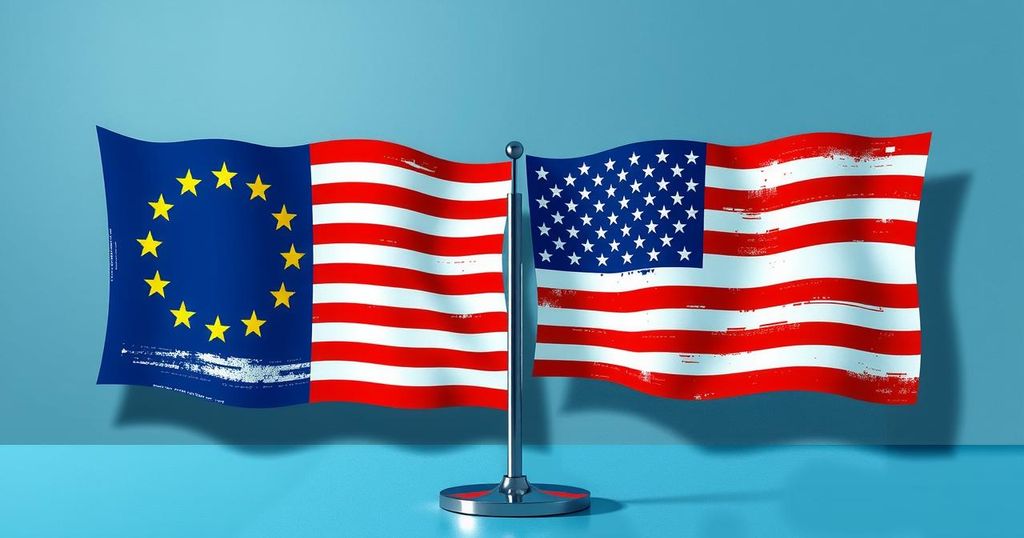EU Officials Taken Aback by Trump’s Latest Tariff Threat

- President Trump’s recent ultimatum delivers a harsh tariff threat to the EU.
- EU officials were optimistic about closing a deal until Trump’s letter arrived.
- The EU struggles to adapt as the U.S. raises tariffs on other countries.
- Despite the pressure, EU ministers remain hopeful for an agreement.
- Maros Sefcovic continues to engage with U.S. officials for negotiations.
Unexpected U.S. Tariff Threat Disrupts EU Negotiations
EU Officials Greeted with Political Surprise The events surrounding US President Donald Trump’s recent tariff threat have left European Union (EU) officials in a state of shock. Leading up to the big reveal, there was palpable optimism among EU negotiators, especially towards Maros Sefcovic, who has been praised for exceptional work in trade discussions. They believed they were close to a solid agreement when Ben Franklin’s letter of menace arrived, suddenly plunging discussions into uncertainty and chaos.
U.S. Trade Pressure Might Alter EU’s Strategy
Trump’s Ultimatum Shakes Trade Perspectives The ultimatum thrown out on Saturday saw President Trump propose a mind-boggling increase in tariffs to as much as 30 percent on EU exports if no consensus is reached by August 1. It seems that while U.S. officials informed key European nations ahead of time, that letter reveal hit less prepared countries just right in the awkward spot of trade discussions. A member of Finland’s government, Ville Tavio, expressed his shock at the timing of the announcement, which directly contradicted the positive mood seen previously among EU officials. As some officials were bracing for a finalized deal, it now appears the political landscape grows murky yet again with real discussions and adjustments required. This comes on the heels of an already tense trade climate where Trump has pushed similar tariffs on countries like Japan and South Korea ranging from 25 to 40 percent.
Optimism Resilient Amidst Rising Tensions
EU Remains Determined to Reach Agreement Despite the daunting rhetoric, many EU ministers expressed confidence that a deal was still within reach. They are huddling together to strategize on how aggressively to navigate negotiations moving forward. Sefcovic, who keeps a low profile despite his rising importance in talks, stated that he intends to find a path back to productive discussions with U.S. counterparts. As trade spokesperson Olof Gill had previously assured, the EU was “locked and loaded” and standings seem firm to overcome this latest twist in trade negotiations.
In summary, the recent tariff threats from President Trump have caught EU officials off-guard, shifting what seemed like a positive direction in negotiations to a more complicated scenario. While there have been previous hints of a final deal, this sudden intensification might require recalibrating the EU’s approach. Yet, many leaders in the EU remain hopeful, continuing to seek a balanced resolution with the United States before the looming August deadline.








